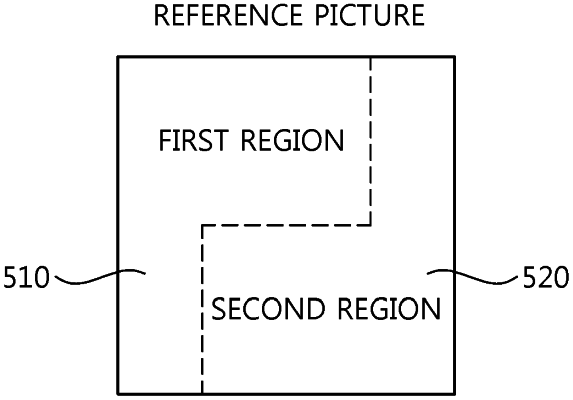| CPC H04N 19/52 (2014.11) | 3 Claims |

|
1. A video decoding method, comprising:
deriving spatial motion information from a neighboring unit of a decoding target unit;
obtaining index information relating to temporal motion information of the decoding target unit from a bitstream,
wherein the index information specifies a first reference picture having the temporal motion information of the target unit among a plurality of reference pictures in a reference picture list, and
wherein the neighboring unit is adjacent to the decoding target unit or is disposed at a corner of the decoding target unit;
selecting, based on the index information, the first reference picture among the plurality of the reference pictures in the reference picture list;
deriving the temporal motion information from a collocated unit of the selected first reference picture, the first reference picture having a different temporal order from a picture including the decoding target unit,
wherein the temporal motion information includes motion vector of the collocated unit;
generating a merge candidate list for the decoding target unit including derived spatial motion information and the derived temporal motion information;
performing motion compensation on the decoding target unit by using the merge candidate list,
generating a prediction block of the current block using a result of the motion compensation;
obtaining a residual block of the current block; and
generating a reconstructed block of the current block by adding the prediction block and the residual block,
wherein the step of performing the motion compensation comprises:
obtaining a merge index of the decoding target unit;
selecting motion information indicated by the merge index among merge candidates included in the merge candidate list; and
performing the motion compensation for the decoding target unit using the selected motion information.
|